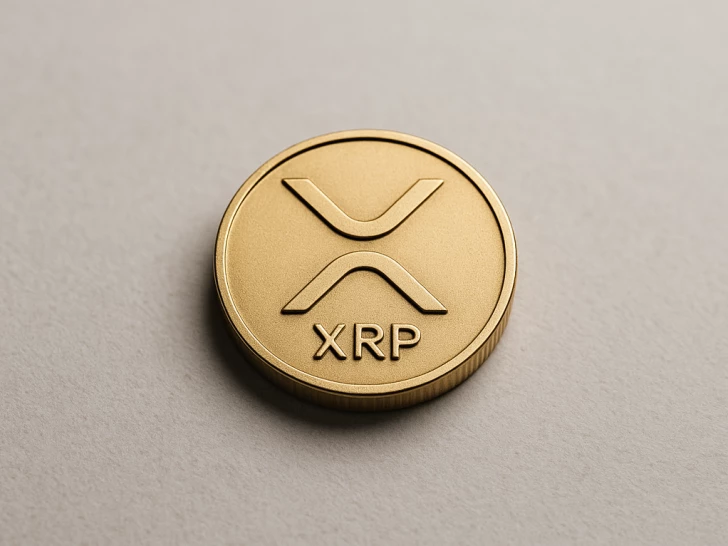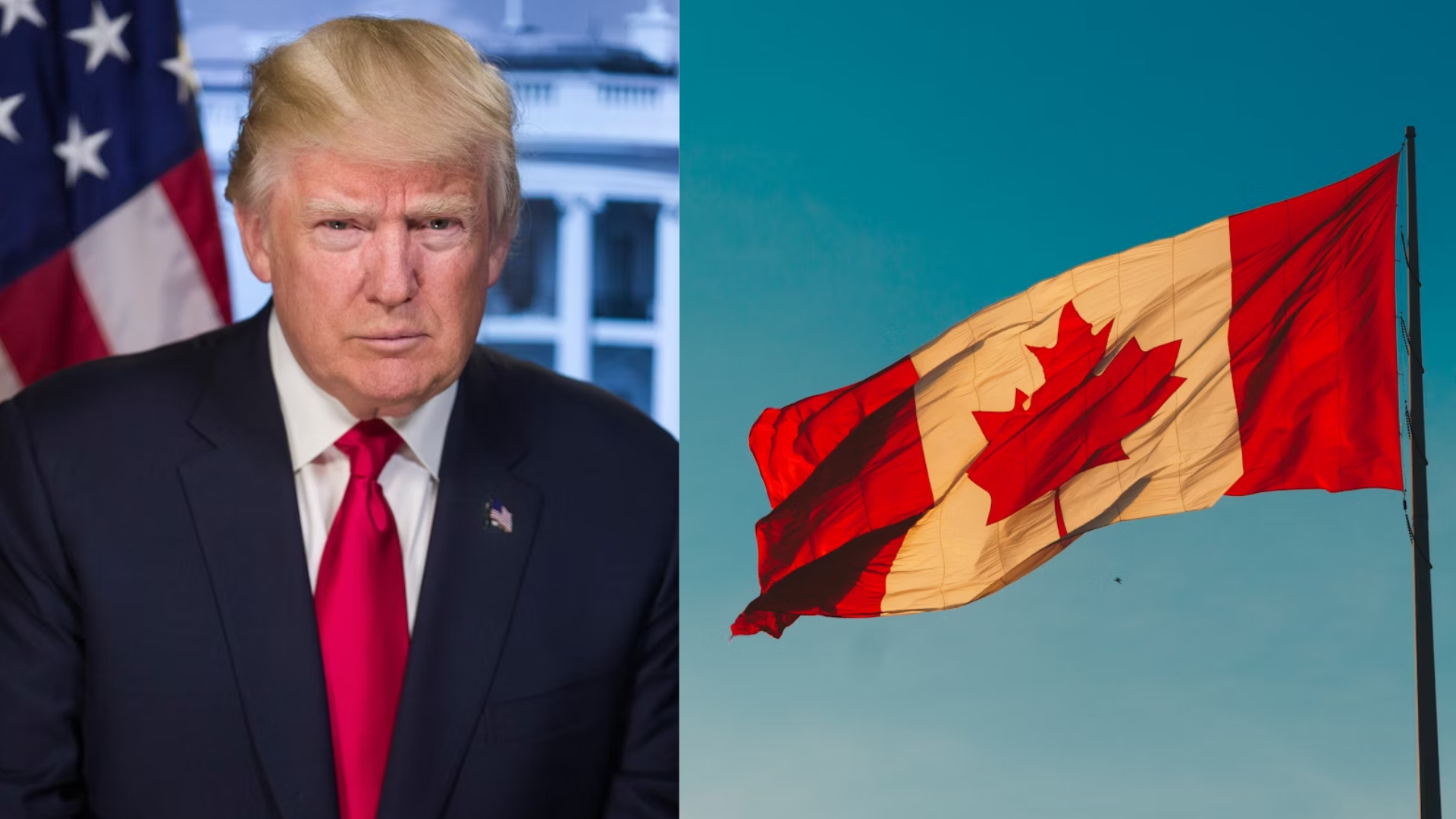The real estate world, often seen as slow and traditional, is quietly undergoing a profound transformation. While headlines typically scream about volatile crypto prices, a deeper, more fundamental shift is happening behind the scenes. Bitcoin and XRP, two of the most prominent digital assets, are emerging as key players in a movement set to redefine how we buy, sell, and own property. And influential figures like Gary Cardone are not just observing; they’re betting big on this digital future.
The Silent Revolution: Blockchain Meets Brick and Mortar
For centuries, real estate transactions have been burdened by intermediaries, slow processes, and opaque ownership records. Enter blockchain technology, the decentralized ledger that underpins Bitcoin and XRP. This tech is enabling tokenization, the process of converting real-world assets—like a piece of property—into digital tokens on a blockchain. This allows for fractional ownership, making high-value assets accessible to a wider range of investors, even with smaller amounts of money. It promises to enhance liquidity, reduce costs, and bring unparalleled transparency to a notoriously complex market.
XRP’s Understated Role The Global Real Estate Infrastructure
While Bitcoin grabs the spotlight as a store of value, XRP is subtly becoming the backbone for real estate infrastructure, particularly in cross-border and tokenization efforts. The XRP Ledger (XRPL) is chosen for its remarkable speed, low transaction fees, and inherent stability.
Take Dubai, for example. The government there is actively working to tokenize property directly on the XRP Ledger, tying these digital transactions to their official land registry. Their ambitious goal is to have 7% of their $300 billion real estate market tokenized by 2033, and they’ve chosen XRP for this monumental task due to its efficiency and regulatory readiness. It’s a clear signal that XRP is proving to be more than just a payment rail; it’s emerging as a global infrastructure layer for real-world assets (RWAs).
Even in the U.S., platforms like Propy are demonstrating XRP‘s utility. Propy, a leading blockchain real estate platform that has already facilitated billions in transactions (including Bitcoin-backed mortgages), now accepts XRP for property purchases. This provides buyers with a faster, more secure way to not just pay, but to effectively secure real estate ownership using crypto.
Bitcoin’s Strategic Entry Leveraging Digital Gold
Bitcoin‘s role in real estate is evolving beyond mere payment. While direct purchases using Bitcoin are certainly happening, the more innovative approach involves leveraging its substantial value as a strategic asset. This is where Gary Cardone steps in.
Gary, a seasoned financier and entrepreneur, isn’t just buying Bitcoin for his real estate fund; he’s integrating it directly into his investment strategy. His fund, which focuses on institutional-quality multi-unit residential properties, strategically allocates Bitcoin to the purchase. The unique aspect? They dollar-cost average rent income into Bitcoin over several years. This means the real estate itself helps accumulate Bitcoin, allowing them to build significant crypto exposure without directly selling or sacrificing either asset. Cardone views Bitcoin as the “primary focus” in his conviction, believing this dual-asset approach leverages the dependable returns of real estate to compound long-term crypto exposure.
Why the Quiet Revolution? The Advantages of Blockchain Real Estate
The shift towards using XRP and Bitcoin as a backbone for real estate is driven by several compelling advantages:
- Fractional Ownership: Tokenization allows a single property to be divided into many digital shares, making it accessible to a broader pool of investors, including those who previously couldn’t afford a large investment.
- Increased Liquidity: Traditionally, real estate is illiquid. Tokenized shares, however, can be traded on digital markets, allowing investors to buy and sell portions of properties much more easily and quickly.
- Enhanced Transparency and Security: Every transaction and ownership record is immutably recorded on the blockchain, reducing fraud and providing an unalterable history of all changes.
- Faster, Cheaper Transactions: Smart contracts automate critical processes like title transfers, cutting down on intermediaries, fees, and the weeks or months typically required for traditional real estate closings. This streamlines the entire service.
- Global Access: Blockchain enables investors from different parts of the world to participate in markets that were previously inaccessible due to geographical or regulatory barriers.
The Future is Digital: Gary Cardone’s Big Bet
Gary Cardone’s strategic move underscores a growing belief among forward-thinking investors that the future of real estate is inextricably linked with digital assets. While he acknowledges the complexity of XRP, its growing adoption in specific real-time tokenization projects like Dubai’s indicates a burgeoning ecosystem where its utility is clear.
The quiet, systematic integration of XRP for infrastructure and Bitcoin for strategic funds and wealth generation suggests that these cryptocurrencies are not just volatile speculative tools. They are increasingly viewed as fundamental building blocks, providing the speed, transparency, and accessibility needed to modernize the trillion-dollar real estate market. It’s a powerful transformation that could democratize property ownership and unlock vast amounts of previously illiquid money, changing the landscape for participants worldwide. The developers and community supporting these coins are laying the groundwork for a truly global, digital real estate economy.

















